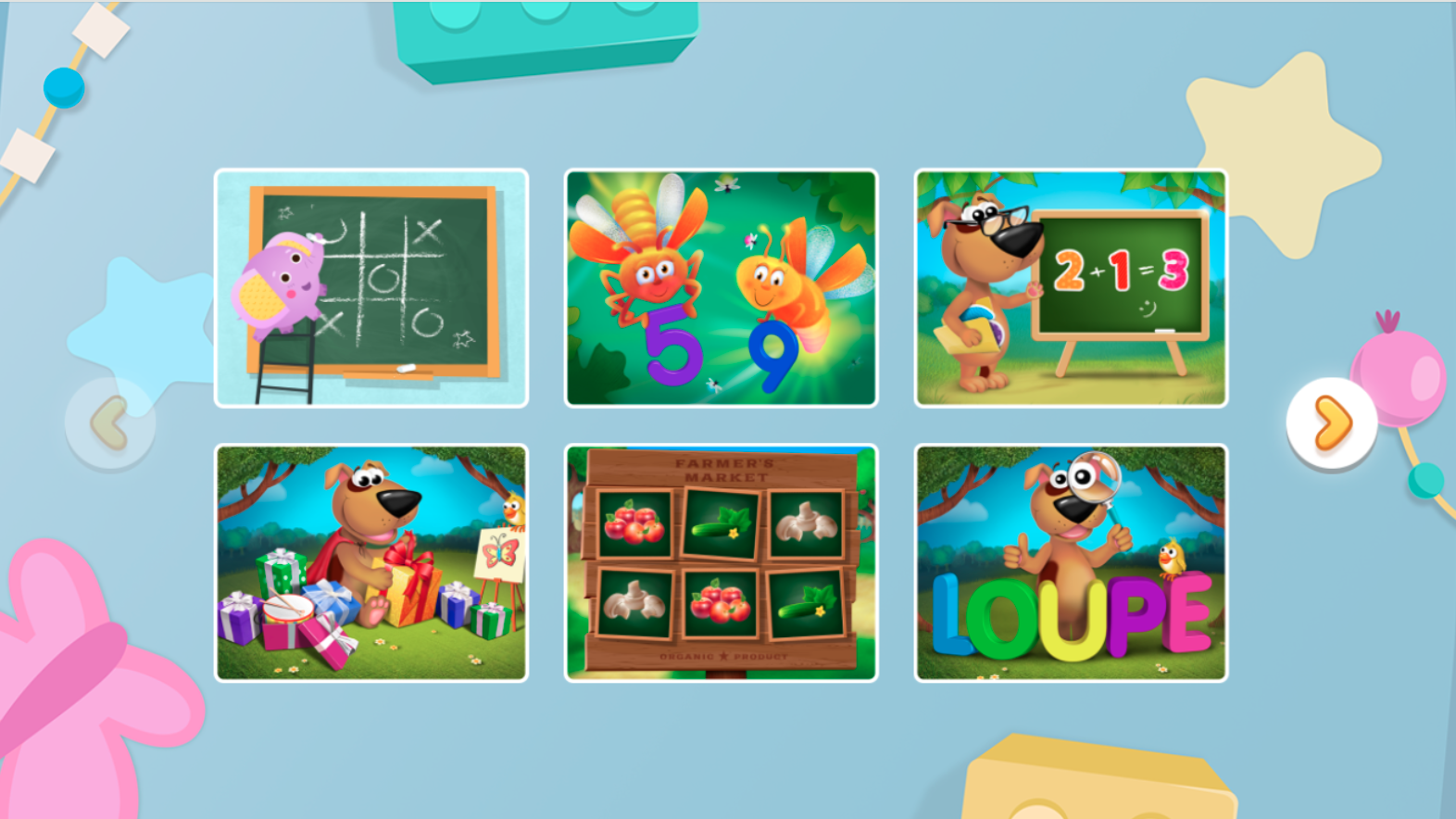Color Identification Addition & Subtraction Worksheets for Ages 4-6
5 filtered results
-
From - To
Discover engaging Color Identification Addition & Subtraction Worksheets designed specifically for children ages 4-6! Our fun and interactive worksheets combine colorful visuals with essential math skills, making learning addition and subtraction an enjoyable experience. Kids will develop their understanding of numbers while enhancing their ability to identify and match colors. Perfect for parents and educators, these worksheets foster early math and visual recognition skills, ensuring a well-rounded educational activity. Explore our collection today to motivate young learners in their mathematical journey through vibrant, themed exercises that inspire creativity and comprehension. Boost your child's confidence in math with our enjoyable resources!
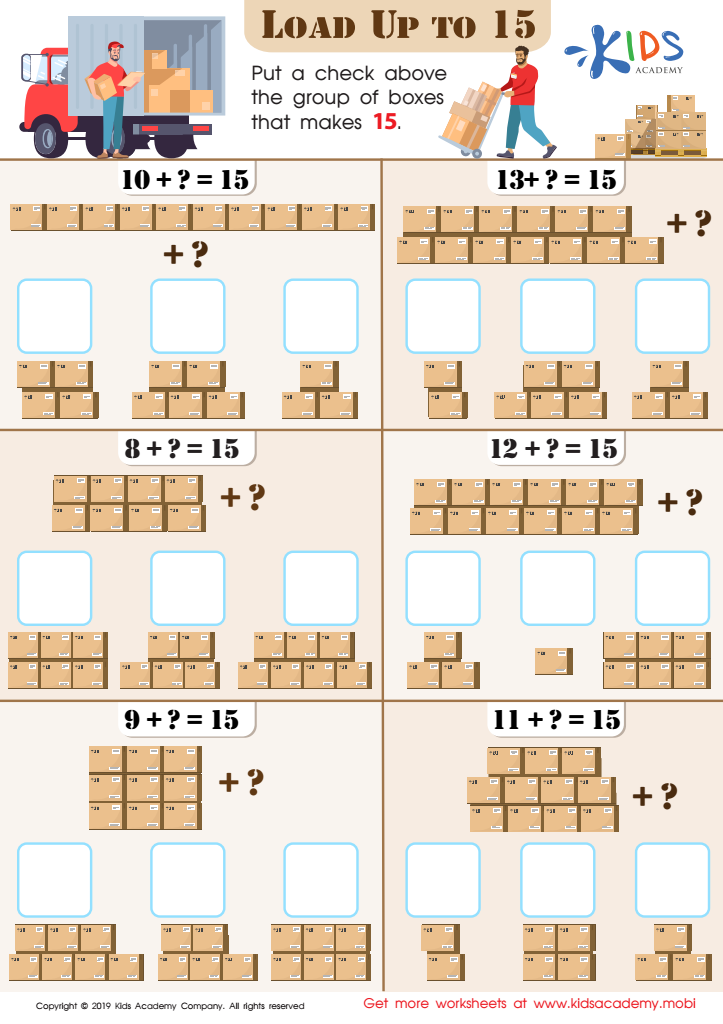

Load up to 15 Worksheet
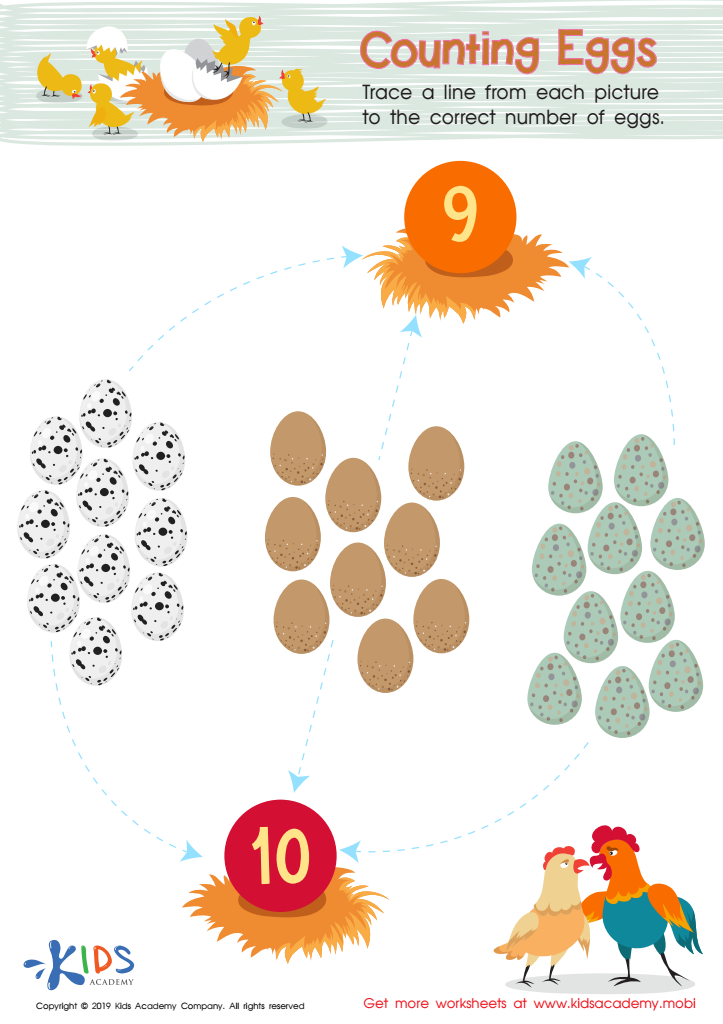

Counting Eggs Worksheet


6 Parrots Worksheet
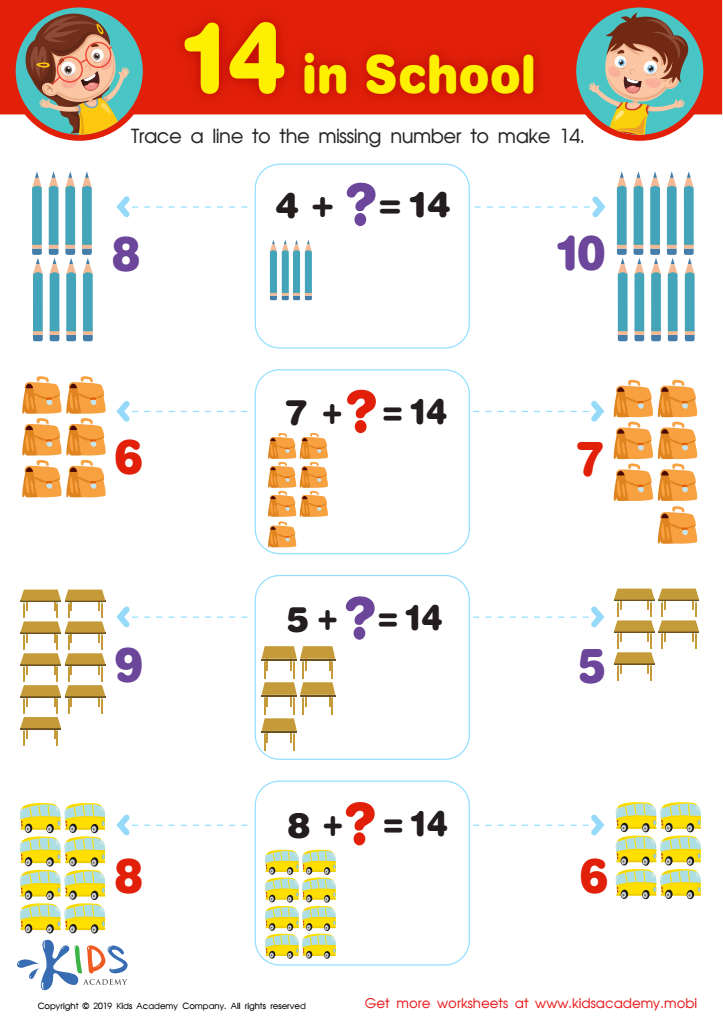

14 in School Worksheet
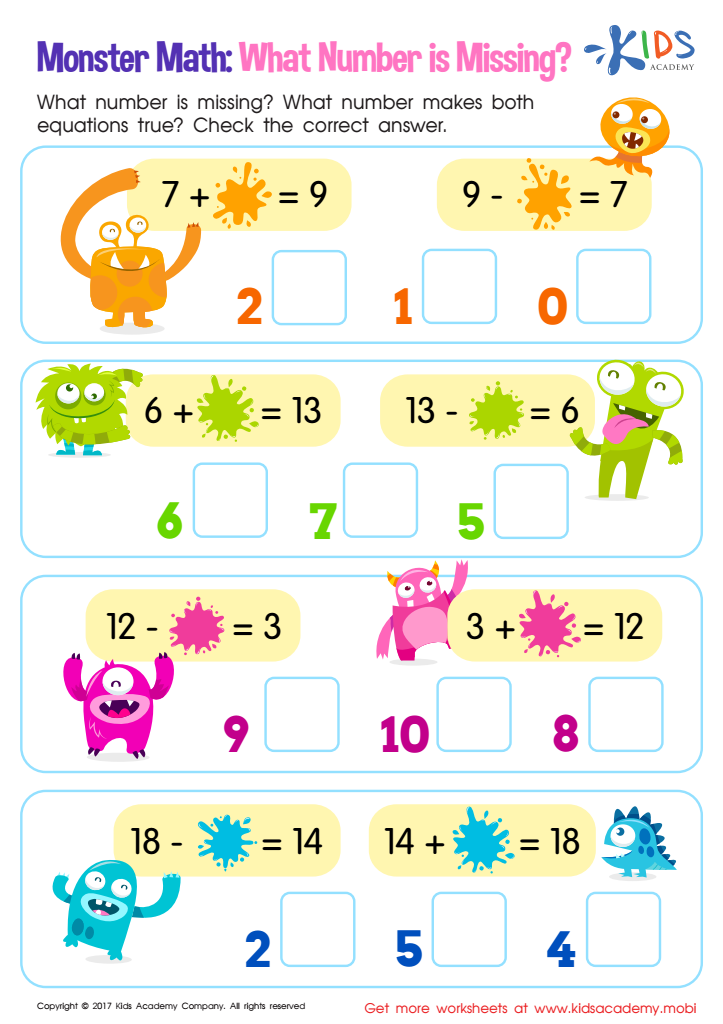

Missing Number: Monster Math Worksheet
Color Identification Addition and Subtraction activities for children ages 4-6 serve multiple developmental purposes that are crucial for early learning. Firstly, they enhance cognitive skills by integrating color recognition with foundational math concepts. When young learners identify colors while engaging in addition and subtraction, they build their capacity for dual-tasking and improve their memory retention. This integration makes learning more engaging and keeps children motivated.
Moreover, these activities foster fine motor skills as children manipulate colorful objects such as blocks or counters. Each time they sort, count, or group items by color, they refine their hand-eye coordination and dexterity, which are essential for writing and other physical tasks.
In addition, color identification helps with language development. As children describe colors, they expand their vocabulary and improve their ability to articulate concepts. This is crucial for their overall communication skills.
Finally, learning through color and math creates a more interactive and enjoyable learning environment. It encourages collaboration when children work in pairs or groups, promoting social skills and teamwork. Parents and teachers should prioritize these activities as valuable tools for holistic development, fostering both mathematical prowess and critical life skills in children.
 Assign to My Students
Assign to My Students



